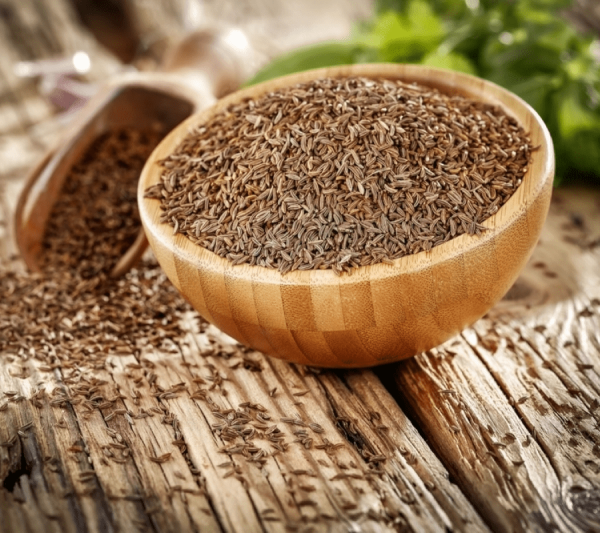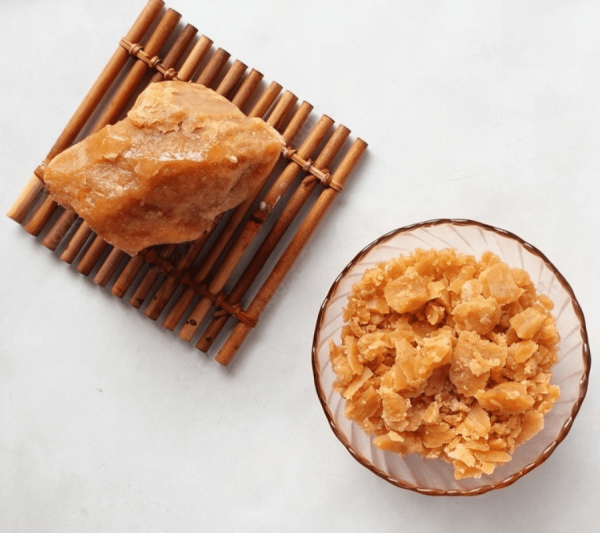Description
Here are some key characteristics and information about green millet:
Botanical Classification: Green millet belongs to the Poaceae family and is scientifically known as Pennisetum glaucum.
Cultivation: Green millet is well-suited for arid and semi-arid regions, making it a resilient crop in areas with limited water resources. It is grown as both a rain fed and irrigated crop.
Nutritional Value: Green millet is rich in nutrients and is a good source of carbohydrates, protein, fiber, vitamins (particularly B-complex vitamins), and minerals (such as iron, magnesium, and phosphorus). It is gluten-free, making it suitable for those with gluten sensitivities.
Food Uses: Green millet is commonly ground into flour to make various food products, including flatbreads, porridge, and baked goods. In some regions, it is also used to brew alcoholic beverages. The grain can be cooked as a whole grain similar to rice or used in soups and stews.
Health Benefits: Consuming green millet can offer numerous health benefits. It is a good source of energy, aids digestion due to its high fiber content, and can help manage blood sugar levels. Additionally, it is an important source of nutrition in regions with limited food diversity.
Cultural Significance: In many parts of Africa and Asia, green millet holds cultural significance and is an integral part of traditional diets. It is often used in various celebrations and rituals.
Animal Feed: Green millet is not only valuable for human consumption but is also used as animal feed, providing a source of nutrition for livestock.
Climate Resilient Crop: Due to its ability to thrive in harsh and dry conditions, green millet is considered a climate-resilient crop. It can be a vital food source in areas susceptible to droughts and adverse weather conditions.
Varieties: There are several varieties of green millet, each with distinct characteristics and adaptation to specific environmental conditions.
Global Production: India is the largest producer of green millet, followed by countries in Africa. It is also cultivated in other parts of Asia, the Americas, and some European countries.
In summary, green millet is an important cereal grain with a long history of cultivation and consumption in various parts of the world. It provides valuable nutrition, particularly in regions with challenging growing conditions, and is a staple in many traditional diets.
Green millet, also known as pearl millet or bajra, goes by various names in different languages and regions around the world. Here are some of the names it is referred to:
English: Green Millet, Pearl Millet, Bajra
Hindi: Bajra (बाजरा)
Arabic: Aldukhn Al’ Akhdar (الدخن الأخضر)
Spanish: Mijo Perla
French: Millet Perlé
Russian: Zhemchuzhnoye Proso (Жемчужное Просо)
Italian: Miglio Perlato
Portuguese: Milheto Pérola
German: Perlhirse
Chinese: Zhēnzhū xiǎomǐ (珍珠小米)
Japanese: Hatomugi (ハトムギ)
Korean: Jinju Gijang (진주 기장)
Thai: K̄ĥāwf̀āng Muk (ข้าวฟ่างมุก)
Indonesian: Millet Mutiara
Vietnamese: kê ngọc trai
Malay: Biji Mutiara







